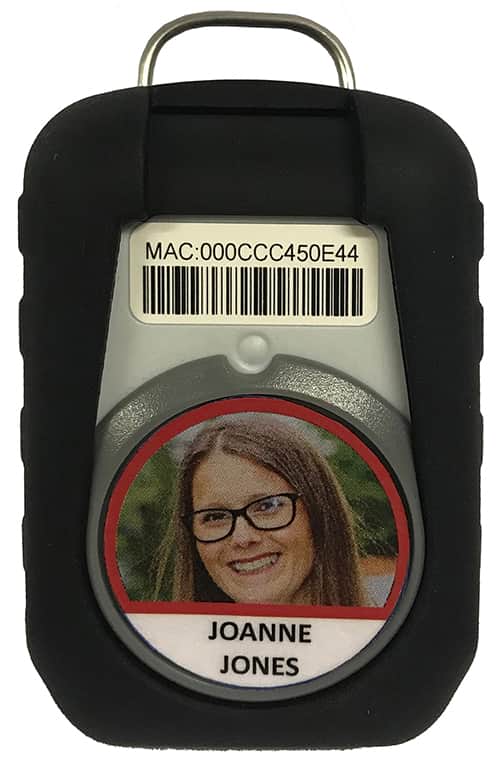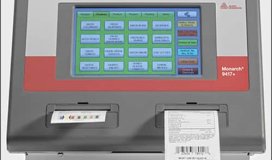U.K.-based technology firm Extronics has enhanced one of its active RFID tag models to make it a hybrid safety and access-control device for an oil and gas company in Southeast Asia. The tag is one of ten varieties of active RFID tags offered by Extronics, whose next-generation tag will automatically come with both passive high-frequency (HF) RFID functionality and active Wi-Fi transmission.
The enhanced tag, to be released earlier this year, is based on Extronics' iTAG100 (an Aeroscout technology-based tag) using active Wi-Fi transmissions, and has a built-in passive RFID tag for access control; it also includes space to store a photo ID. The enhanced tag will offer the same features and will be put to use by the refinery to track 8,000 workers, as well as provide them with access control and identification.

The company, one of the world's largest oil and gas firms, will be the first to utilize this technology and already employs Extronics' worker-safety technology at another site containing 1,100 workers. When it planned the adoption of the worker-safety system at the latest site last year, however, the company sought a hybrid solution.
Oil and gas workers carry a variety of safety and ID equipment with them every time they report for work. That can include personal protective equipment (PPE), gas monitors and identification, including photos, for the purpose of access control. With the addition of a worker-safety program, personnel could have yet another device for employees to keep track of. "The main driver is that workers have to carry so many things with them," says John Hartley, Extronics' CEO. The last thing businesses want to do, he adds, is to say to their employees, "'Here's another thing for you: a tracking tag.'"
In addition, the refinery wanted to ensure that workers would remember to bring the devices every time they went onsite. If the worker-safety technology were built into the access-control device, they simply would not be able to enter without it.
The hybrid solution was one the company was already building into its next-generation tag, according to Hartley. However, the firm required deployment before the tag could be released, so Extronics modified its existing active iTAG100 to include space for storing the picture and worker identification, as well as the built-in HF 13.56 MHz MF DESFire EV1 RFID access-control chip. The chip, provided by NXP Semiconductors, complies with the ISO 14443A standard. The tag also comes with protection in the form of a TGUARD tag protector, to sustain the harsh environments in which such tags are often used.
When employees report to work, they will be wearing the worker-safety tag, either on a belt, in a pocket or on a lanyard around the neck. The refinery already has existing access-control readers installed at entrances, which previously required a dedicated HF RFID badge. Now, personnel will be able to simply tap their worker-safety badge near the reader, and the access-control software will engage the turnstile or gate to open, thereby updating their status as having arrived.
As staff members move around the facility, each worker's tag ID, linked to his or her identity in Extronics software residing on the company's own server, is captured by Wi-Fi nodes. The tags typically beacon at a rate of every 15 seconds, though that frequency can be adjusted as required by the company. The tag also comes with a built-in motion sensor. If it detects that the tag has remained motionless for a specified period of time (say, 20 minutes), it will transmit less frequently (such as every hour). That function will help to preserve the life of the badge's built-in battery.
The software calculates the user's location based on the node receiving the tag transmission, the signal strength and triangulation (in the case of multiple node reads of a single tag). The density of Wi-Fi nodes determines location granularity, Hartley explains, but typically, companies like to track workers within a given zone, with a less dense Wi-Fi node installation, rather than spend the money necessary to create highly granular location capability.



